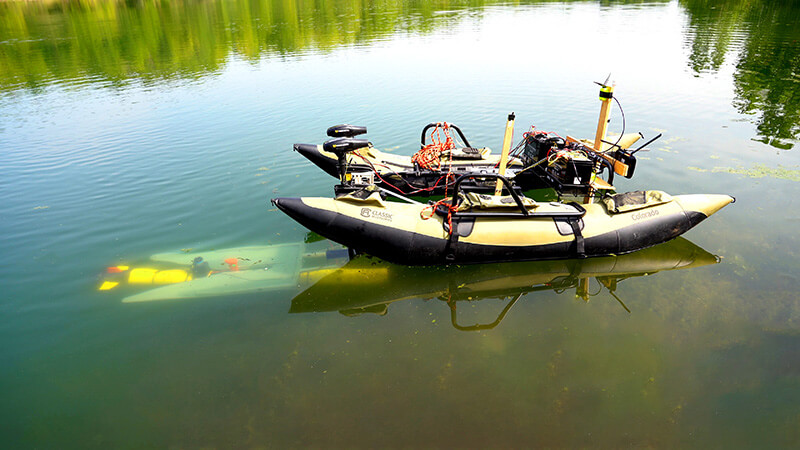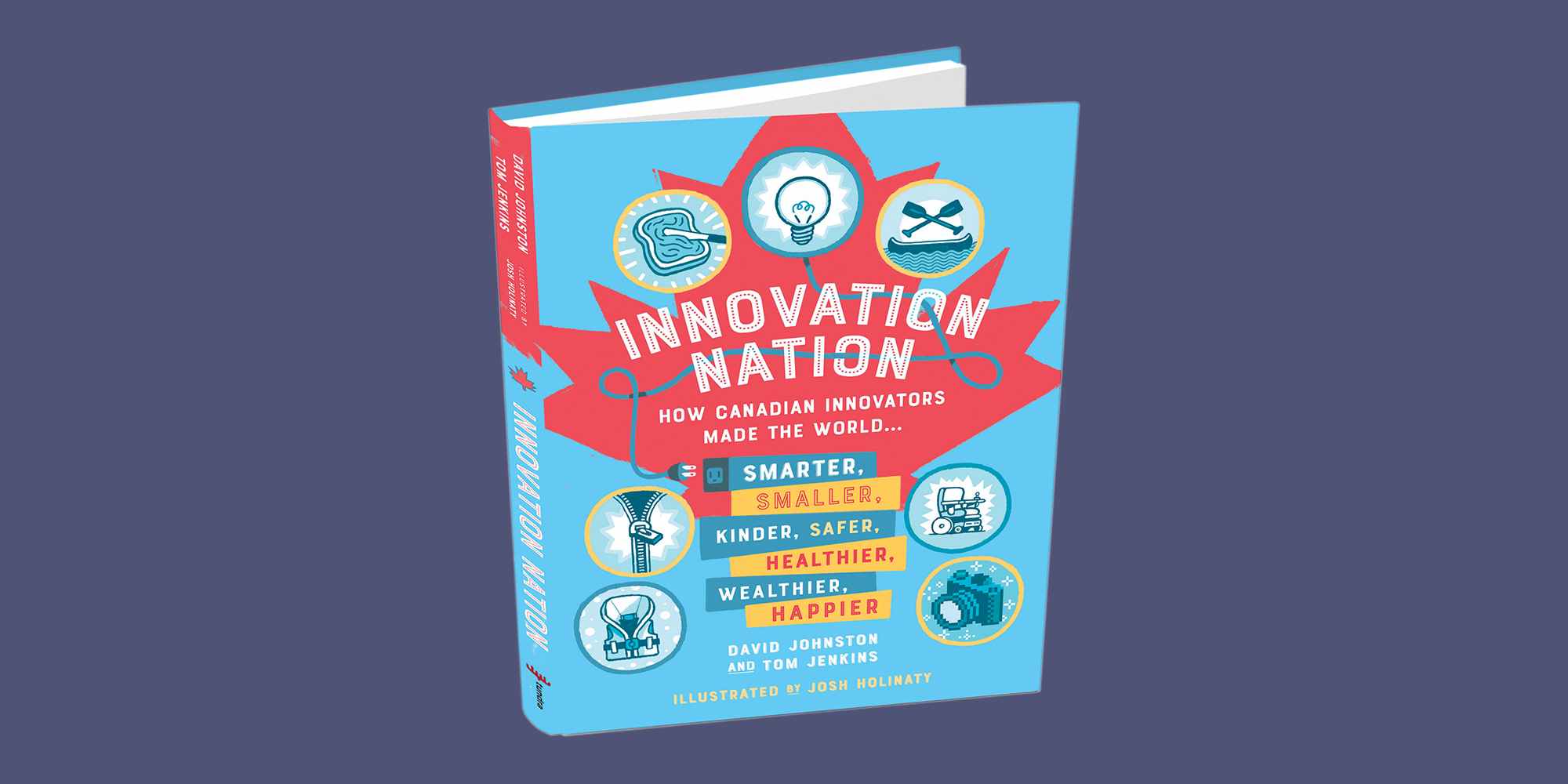WEST LAFAYETTE, Ind. — Robots can be awesome applications for lookup-and-rescue missions and environmental research, but finally they must return to a foundation to recharge their batteries and upload their facts. That can be a challenge if your robot is an autonomous underwater vehicle (AUV) checking out deep ocean waters.
Now, a Purdue College workforce has established a cell docking method for AUVs, enabling them to conduct for a longer time duties with no the require for human intervention.
The crew also has posted papers on means to adapt this docking method for AUVs that will discover extraterrestrial lakes, these kinds of as those of Jupiter and Saturn’s moons.
“My investigate focuses on persistent procedure of robots in demanding environments,” said Nina Mahmoudian, an associate professor of mechanical engineering. “And there’s no more complicated ecosystem than underwater.”
Once a marine robot submerges in water, it loses the ability to transmit and receive radio alerts, together with GPS data. Some may well use acoustic communication, but this process can be difficult and unreliable, in particular for extended-vary transmissions. For the reason that of this, underwater robots at this time have a minimal selection of operation.
“Typically these robots accomplish a pre-prepared itinerary underwater,” Mahmoudian mentioned. “Then they occur to the floor and send out out a sign to be retrieved. Humans have to go out, retrieve the robot, get the data, recharge the battery and then ship it again out. That is quite pricey, and it limits the total of time these robots can be undertaking their jobs.”
Mahmoudian’s remedy is to produce a cell docking station that underwater robots could return to on their personal. A online video describing this analysis is accessible on YouTube.
“And what if we had numerous docks, which were also mobile and autonomous?” she explained. “The robots and the docks could coordinate with each individual other, so that they could recharge and upload their info, and then go again out to continue checking out, with out the will need for human intervention. We’ve made the algorithms to improve these trajectories, so we get the the best possible use of these robots.”
 A yellow underwater robot (remaining) finds its way to a cell docking station to recharge and upload details just before continuing a job. (Purdue University photograph/Jared Pike)
A yellow underwater robot (remaining) finds its way to a cell docking station to recharge and upload details just before continuing a job. (Purdue University photograph/Jared Pike)A paper on the mission setting up method that Mahmoudian and her team created has been released in IEEE Robotics and Automation Letters. The researchers validated the process by testing the process on a small mission in Lake Top-quality.
“What’s crucial is that the docking station is moveable,” Mahmoudian mentioned. “It can be deployed in a stationary location, but it can also be deployed on autonomous surface area autos or even on other autonomous underwater motor vehicles. And it is intended to be system-agnostic, so it can be utilized with any AUV. The components and computer software operate hand-in-hand.”
Mahmoudian factors out that methods like this currently exist in your living room. “An autonomous vacuum, like a Roomba, does its vacuum cleansing, and when it runs out of battery, it autonomously returns to its dock to get recharged,” she claimed, “That’s accurately what we are doing below, but the natural environment is considerably additional tough.”
If her technique can efficiently function in a demanding underwater setting, then Mahmoudian sees even better horizons for this technology.
“This technique can be made use of any where,” she said. “Robots on land, air or sea will be able to operate indefinitely. Lookup-and-rescue robots will be equipped to investigate significantly wider areas. They will go into the Arctic and check out the outcomes of local weather change. They will even go into place.”
A patent on this cell underwater docking station style and design has been issued. The patent was submitted via the Secretary of the U.S. Navy. This perform is funded by the Nationwide Science Foundation (grant 19078610) and the Business office of Naval Research (grant N00014-20-1-2085).
About Purdue University
Purdue College is a top rated general public research establishment creating sensible alternatives to today’s toughest worries. Rated the No. 5 Most Impressive College in the United States by U.S. Information & Planet Report, Purdue provides entire world-switching exploration and out-of-this-environment discovery. Committed to hands-on and on-line, serious-environment discovering, Purdue features a transformative instruction to all. Fully commited to affordability and accessibility, Purdue has frozen tuition and most service fees at 2012-13 stages, enabling much more students than at any time to graduate financial debt-cost-free. See how Purdue under no circumstances stops in the persistent pursuit of the next large leap at https://purdue.edu/.
Media get hold of: Kayla Wiles, 765-494-2432, [email protected]
Author: Jared Pike
Source: Nina Mahmoudian, [email protected]
Journalists going to campus: Journalists should really follow Safeguard Purdue protocols and the following guidelines:
- Campus is open up, but the amount of folks in areas may perhaps be minimal. We will be as accommodating as attainable, but you may possibly be requested to step out or report from a different locale.
- To allow accessibility, especially to campus structures, we endorse you get in touch with the Purdue Information Services media make contact with outlined on the release to allow them know the nature of the take a look at and the place you will be viewing. A News Service representative can aid harmless access and may escort you on campus.
- The right way wear facial area masks inside of any campus setting up, and correctly don deal with masks outdoors when social distancing of at least 6 ft is not attainable.
Summary
Collaborative Mission Preparing for Lengthy-Phrase Operation Thinking of Strength Constraints
Bingxi Li, Brian R. Website page, Barzin Moridian, Nina Mahmoudian
http://doi.org/10.1109/LRA.2020.3003881
Cellular robotics investigation and deployment is really challenged by strength limits, significantly in maritime robotics programs. This challenge can be addressed by autonomous transfer and sharing of electricity in addition to powerful mission arranging. Especially, it is doable to get over strength constraints in robotic missions utilizing an optimization strategy that can make trajectories for each working robots and mobile chargers when adapting to environmental variations. This sort of a technique must simultaneously improve all trajectories in the robotic community to be able to increase all round technique effectiveness. This letter presents a Genetic Algorithm centered technique that is able of solving this problem at a selection of scales, equally in phrases of the measurement of the mission area and the amount of robots. The algorithm is able of re-planning all through procedure, making it possible for for the mission to adapt to switching disorders and disturbances. The proposed strategy has been validated in multiple simulation situations. Industry experiments employing an autonomous underwater auto and a floor auto validate feasibility of the generated trajectories. The simulation and experimental validation clearly show that the approach effectively generates feasible trajectories to decrease electricity use when working multi-robot networks.







